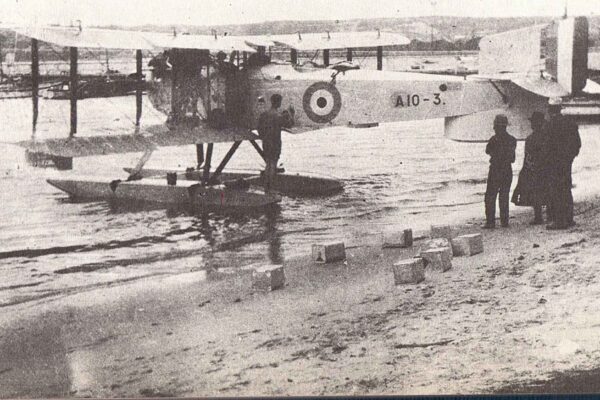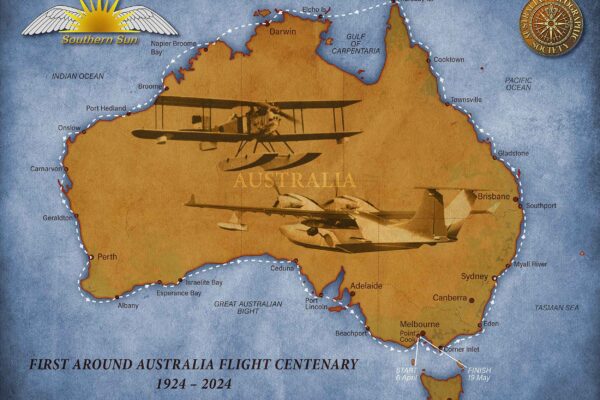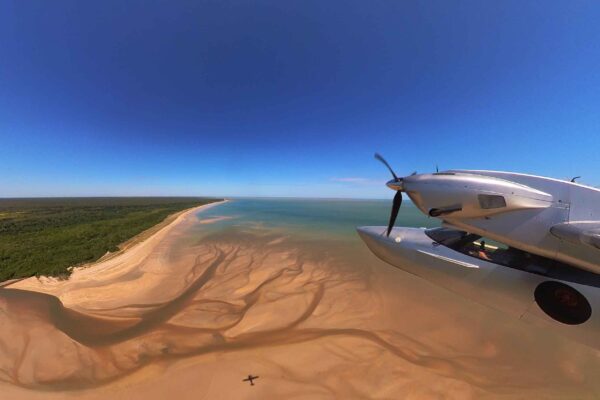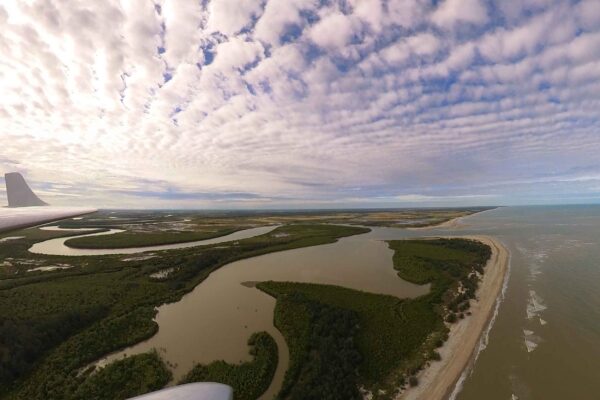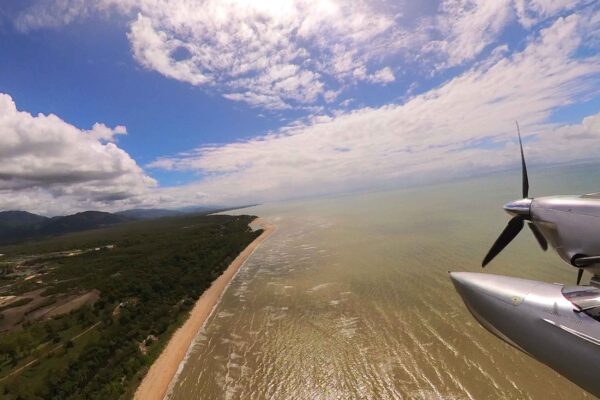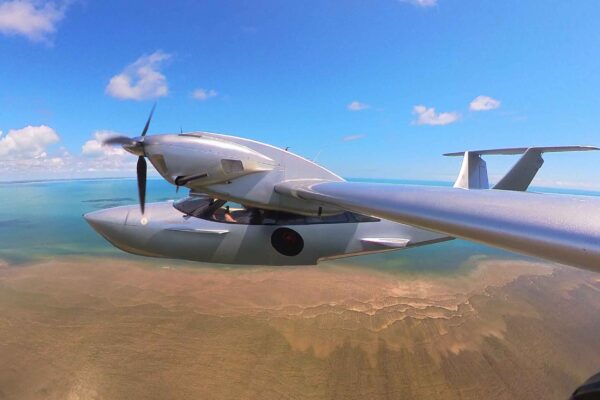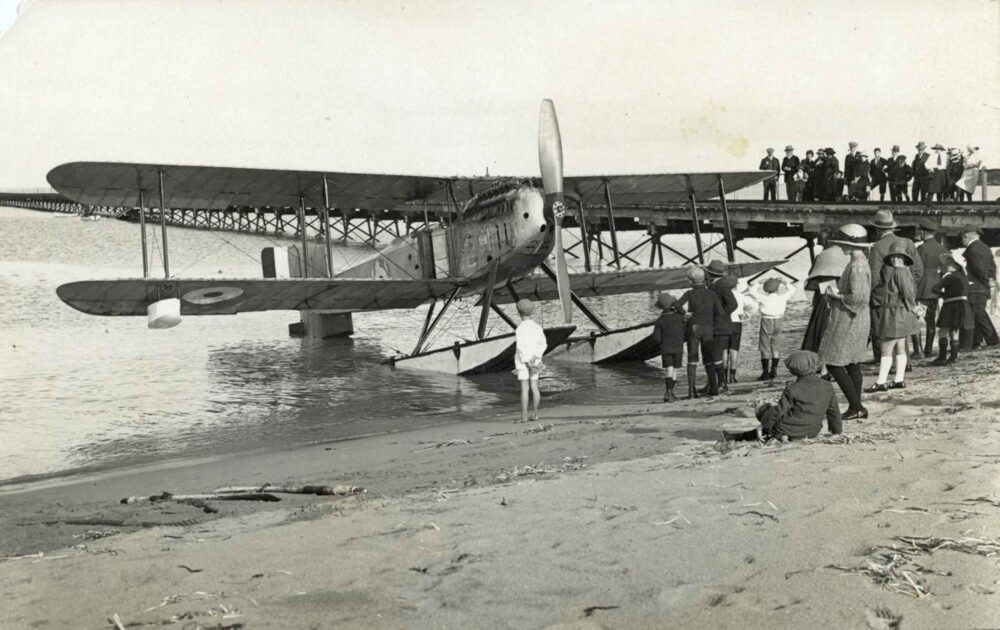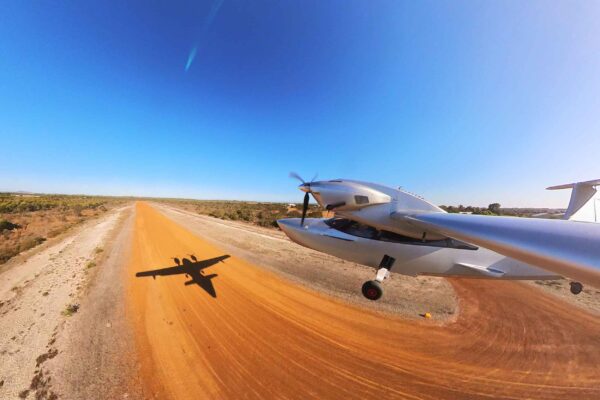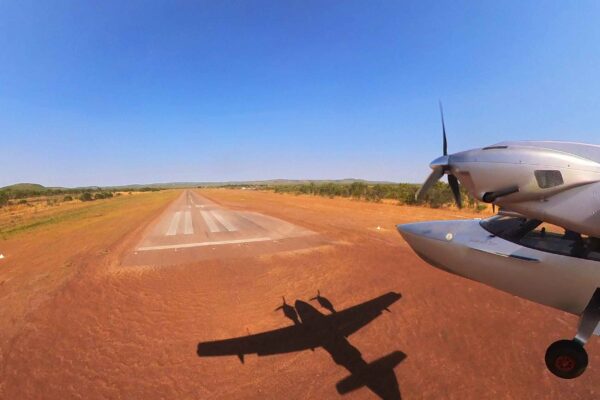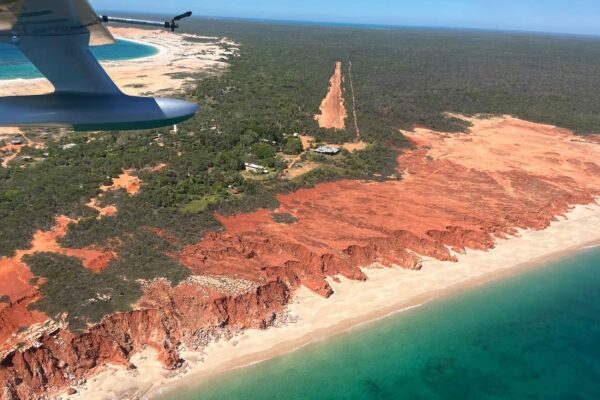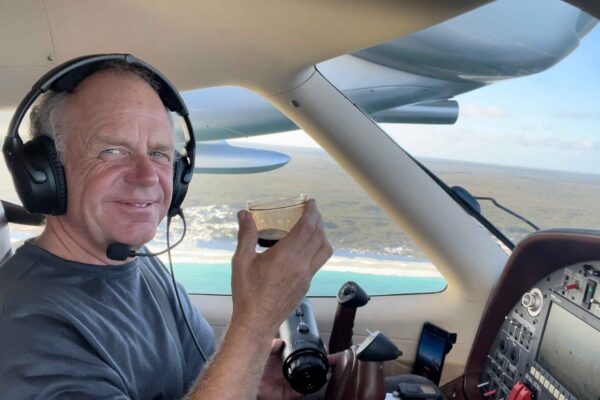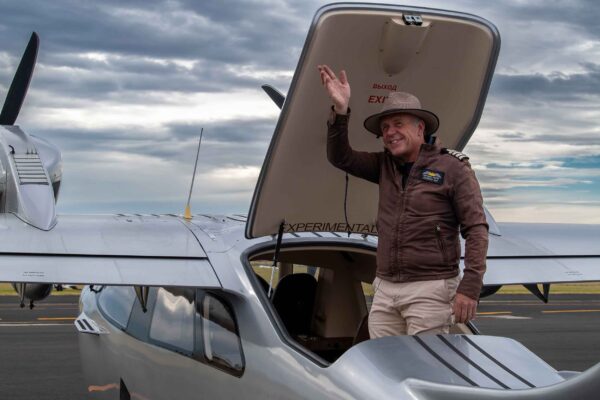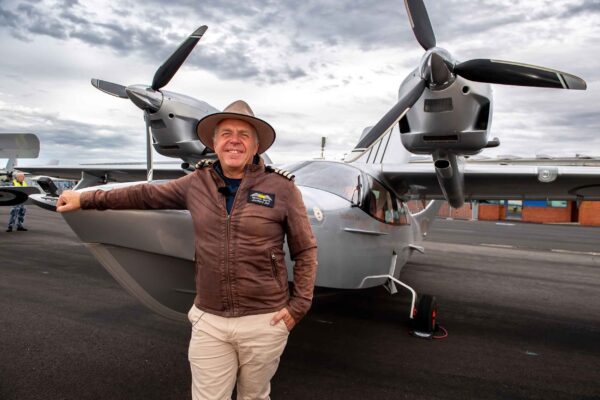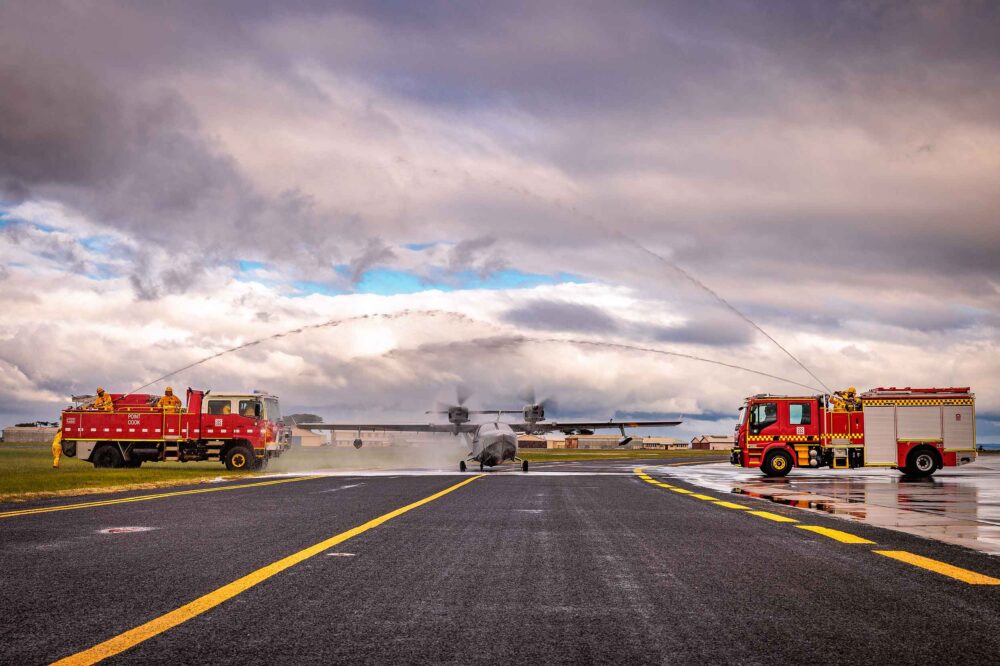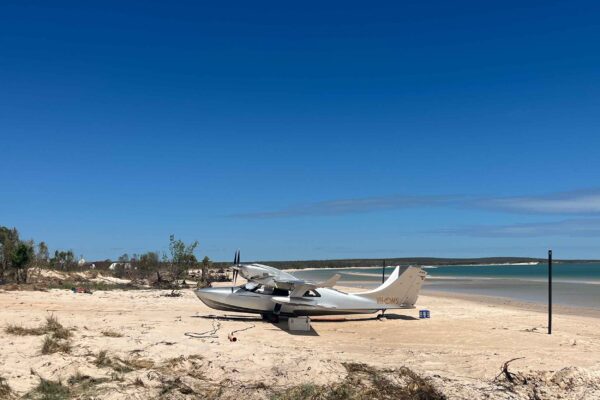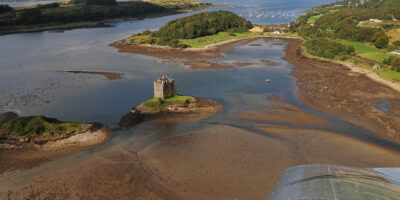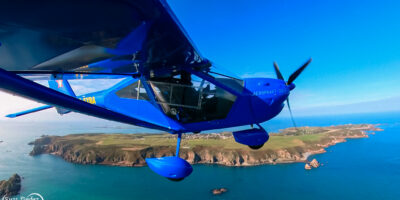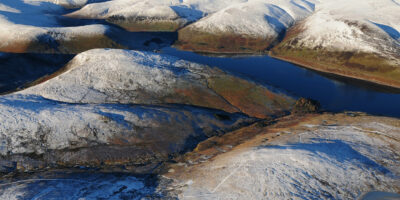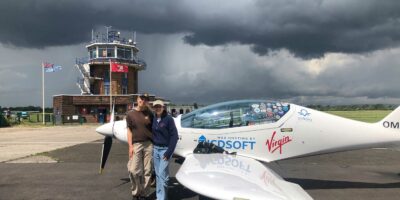In reading about the original 44-day flight, it became clear what an incredible achievement it was at the time. There were many delays and the planned month became six weeks. I decided I would follow their route and dates as closely as possible, making some changes due to the passage of time, modern practicalities and even for personal satisfaction.
I would embark again in Southern Sun, a twin-engine amphibian, with this plan:
- Follow same dates of 44 days
- Same landing spots, cities/towns
- If they were stuck somewhere for a few days, I’d wait those same days
- I would touch down on the water where they did, but then head to the closest local airport for fuel and parking the aeroplane overnight
- I would hug the beach all the way around Australia, at the height of 500ft, to be able to see the coast in its entirety and up close
- Where G&M flew directly across the top of the Gulf of Carpentaria, I would follow that coast all the way around (see map).
Point Cook base was both a land and water-based airfield, with a large boat ramp and jetty for seaplane operations. Officers Goble and McIntyre set off from the shore of Point Cook a day later than planned on 6 April, due to rough seas. They made great progress on the first day, making it to Eden for refuelling then onto Rose Bay on Sydney Harbour for their first night’s stop.
I departed Saturday 6 of April 2024 late morning after a nice send-off from the RAAF and a small gathering of family and friends, with plenty of time and daylight to get through to Rose Bay. Our first stop after following the rugged coast all the way around Wilsons Prom was for a water landing on Corner Inlet, where G&M had put down to repair a leaking fuel tank.
After a ‘splash ’n’ dash’ (as opposed to a ‘touch ’n’ go’) I looked east along the coast to see quite a bit of low cloud and scud rain rolling through. We made a diversion to Yarram Airfield to sit out the weather.
Bad visibility
The visibility was not good for flying, yet I could do something not possible 100 years earlier… I opened my iPad and studied the radar display of weather moving through. This has been one of the greatest safety advances of all, and would be used many times throughout the trip.
After a couple of hours it looked like the weather had passed, so departed again tracking east along the 90-mile beach, but only 30 minutes later it became clear that there was still more low cloud ahead, so I diverted to Bairnsdale for the night and had to accept that on day one I was already behind! Disappointed, but safety first.
The next morning a blue enough sky welcomed me back to the airfield and was able to continue on. Passing Eden for a splash ’n’ dash (SnD) where they refuelled, onto Rose Bay for a never-gets-old flight over Sydney Harbour – the Bridge, the Opera House and a SnD at Rose Bay. It was still early enough that I could continue on to the Myall River and be back on schedule by the end of the day.




